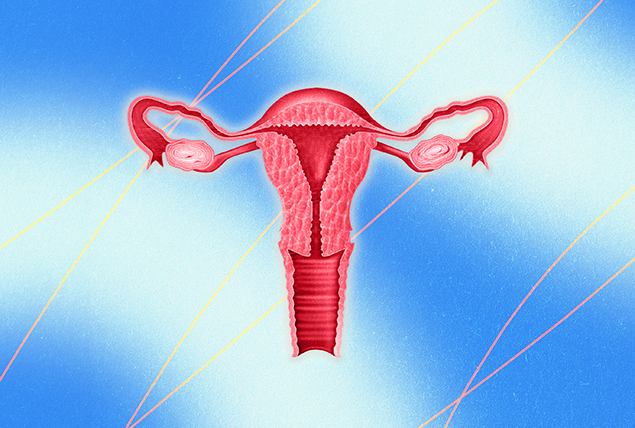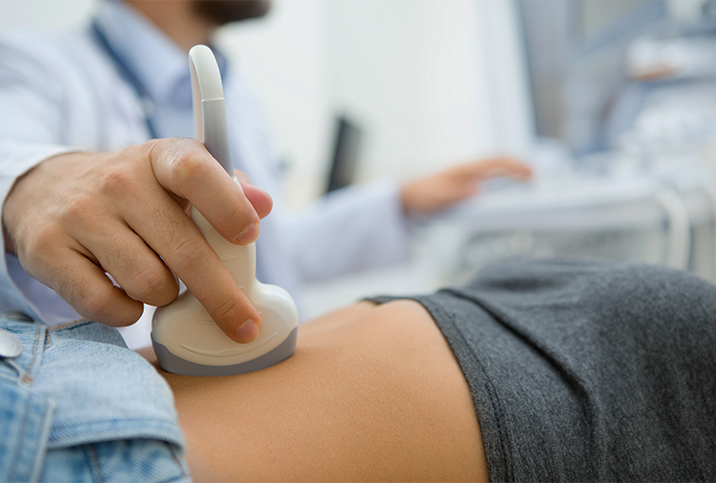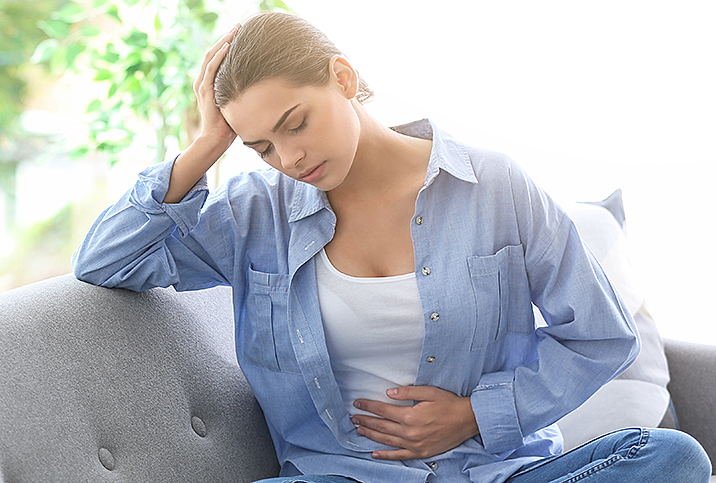What You Should Know About Endometriosis

Experts estimate that at least 10 percent of women have endometriosis, a sometimes excruciating condition in which tissue that normally grows inside the uterus develops in other places.
The ripple effects of endometriosis extend far beyond gynecological health. The condition can impact fertility and sexual intimacy. People with endometriosis also have a higher risk of anxiety and depression, according to a 2017 review in the International Journal of Women's Health.
Despite its prevalence, endometriosis is often undiscussed and underdiagnosed. But understanding the condition and your risk factors can help speed up a diagnosis and effective treatment.
What is endometriosis?
"Endometriosis is a clinical condition in which endometrial cells—cells which line the inside of the uterus—implant outside of the uterus," explained Kecia Gaither, M.D., who is board-certified in OB-GYN and maternal-fetal medicine and the director of perinatal services/maternal-fetal medicine at NYC Health + Hospitals/Lincoln in the Bronx in New York City.
In a healthy situation, endometrial tissue lines the inside of the uterus. It thickens, then breaks down and exits through the vagina. Essentially, it is period blood and tissue.
But with endometriosis, this tissue develops outside the uterus. With no clear exit, it becomes trapped, leading to cyst formation, scar tissue development and severe internal irritation.
Endometriosis typically develops on or around the reproductive organs in the pelvic region. However, in rare cases, endometrial-like tissue implants in other parts of the body, Gaither said.
How common is endometriosis?
Millions of adults and adolescents live with endometriosis. An estimated 10 percent to 15 percent of women of reproductive age are affected.
Though endometriosis is considered a women's health issue, there have been 16 reported cases found in men, according to a 2018 report and review published in Case Reports in Obstetrics and Gynecology. In these very rare cases, endometrial-like tissue was found attached to the bladder, lower abdominal wall and groin.
Who does endometriosis affect most?
Endometriosis primarily affects women. Diagnosis is most common for women in their 30s or 40s. Women who menstruate longer—getting their periods early, entering menopause later or both—are more likely to have endometriosis.
For many years, endometriosis was thought to be most common among white women. This belief stemmed from racial bias and poorly constructed research, according to a 2022 report published in Reproduction and Fertility. It's possible that certain groups, specifically Black women, were less likely to be diagnosed even if they had the condition.
Risk factors
The cause of endometriosis is unknown. Gaither said one common theory is retrograde menstruation, when period blood and tissue flow through the fallopian tubes and into the pelvis instead of out the vagina.
Several factors are linked to a higher risk of endometriosis, Gaither explained. These include:
- Never giving birth
- Getting your period young (before age 11)
- Heavy periods that last more than seven days
- Short menstrual cycles (fewer than 27 days between the first day of each period)
- Late-onset menopause (after age 55)
- A family history of endometriosis
- Other reproductive tract disorders
Outlook
The outlook for endometriosis patients depends on the severity of their condition and the treatment options they choose. While those with severe endometriosis might opt for surgical interventions, some patients can manage their symptoms with pain medications.
Left unchecked, endometriosis can lead to complications such as infertility and dangerous bowel obstructions. Endometriosis also raises the risk of ectopic pregnancy and possibly ovarian cancer.
There is, however, good news. Women who pursue a diagnosis and stick to their treatment plan are often able to effectively manage the condition.
When to see a doctor
If you're experiencing excruciating menstrual cramps or periods so heavy that they interfere with your work or social life, talk to a doctor soon. Endometriosis is not a life-threatening condition, but it can impact quality of life and, in rare cases, lead to potentially deadly complications.
Getting an endometriosis diagnosis can take four to seven years on average, according to 2020 research published in Advances in Therapy. The sooner you talk to a doctor about your symptoms, the sooner you can get a diagnosis and access treatments for the condition.


















